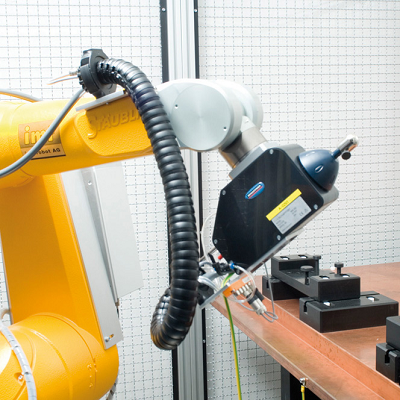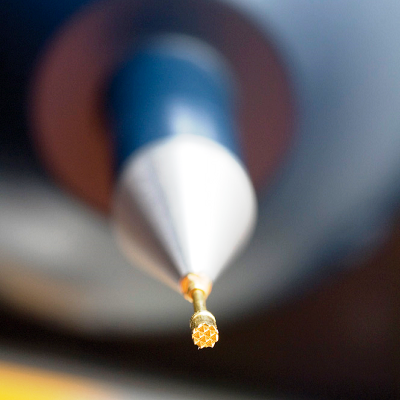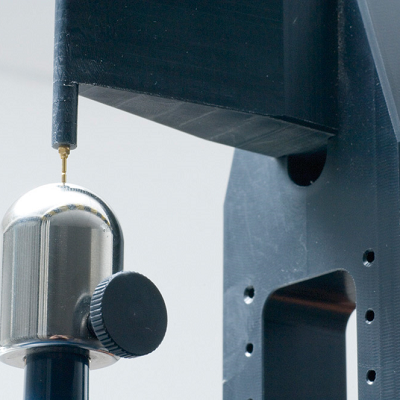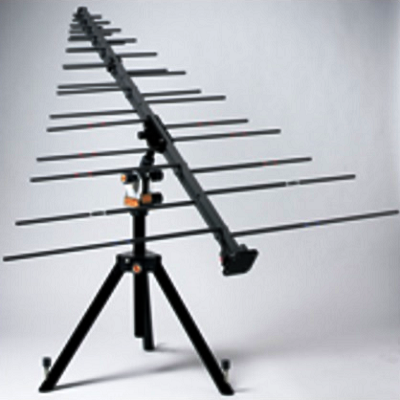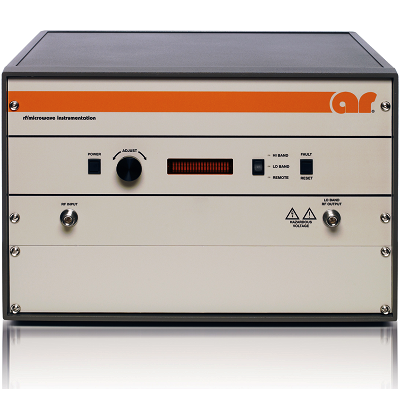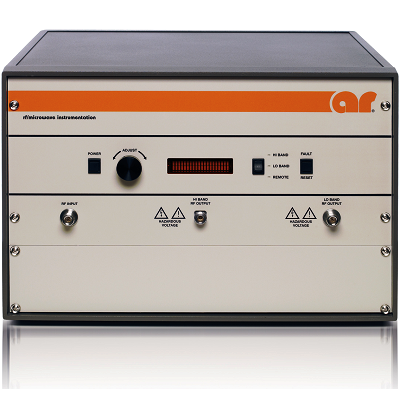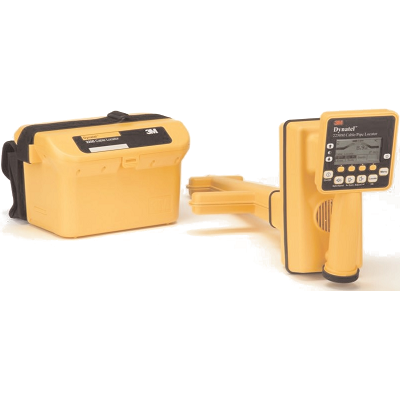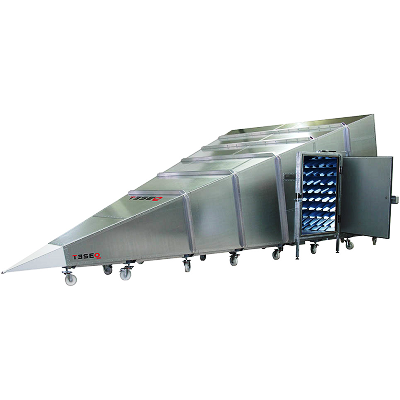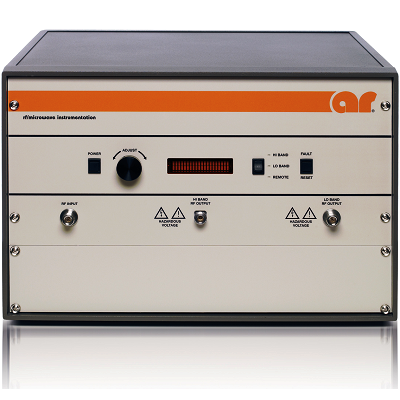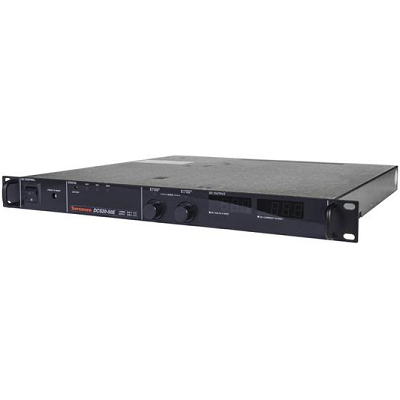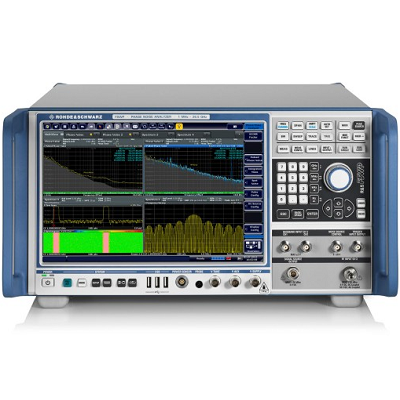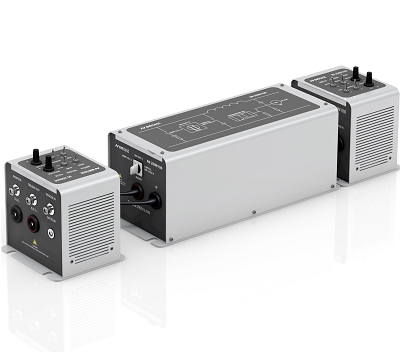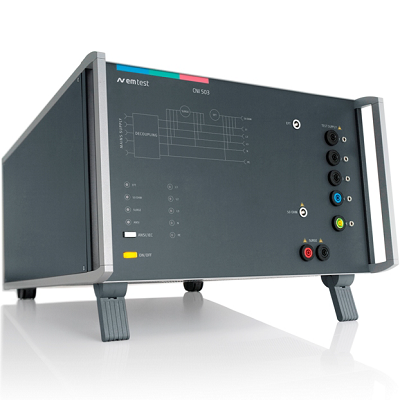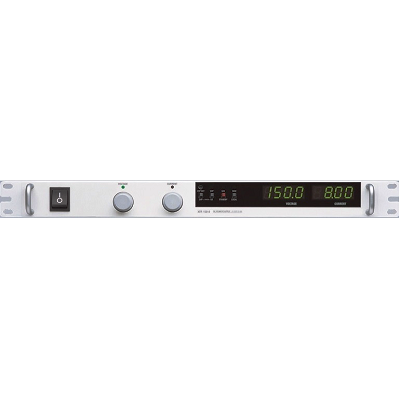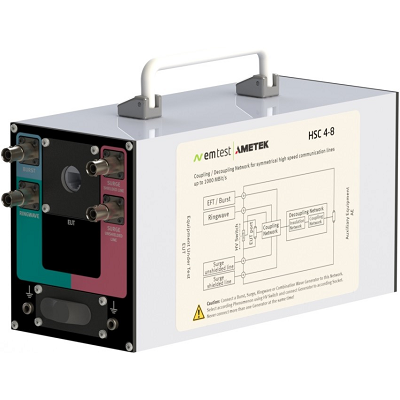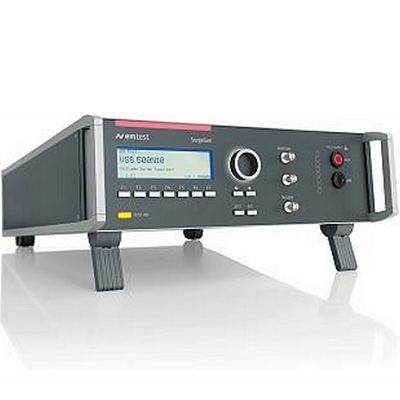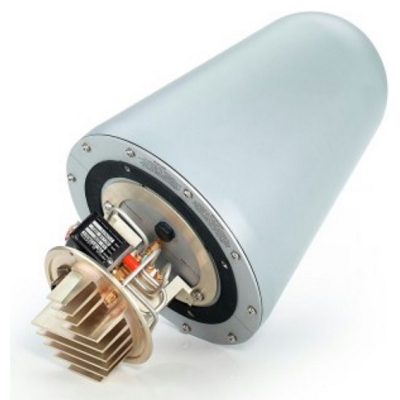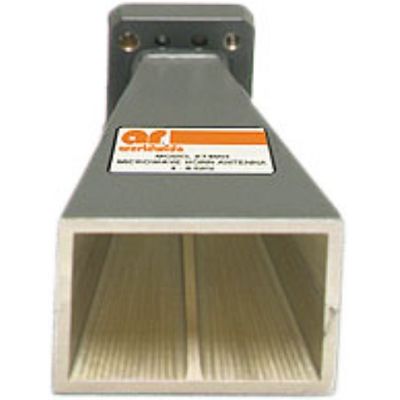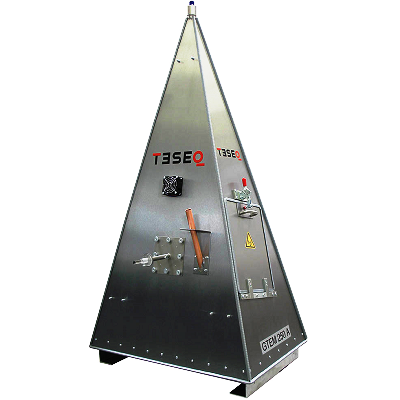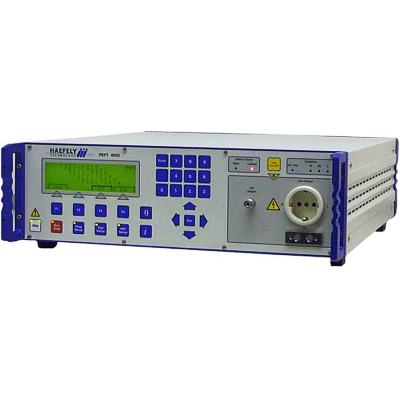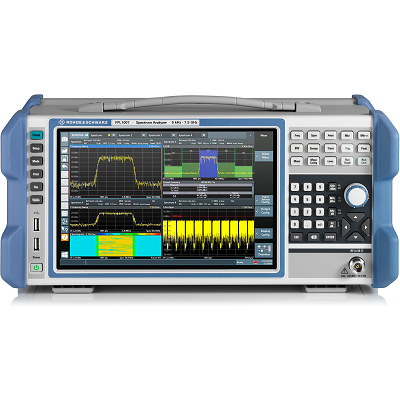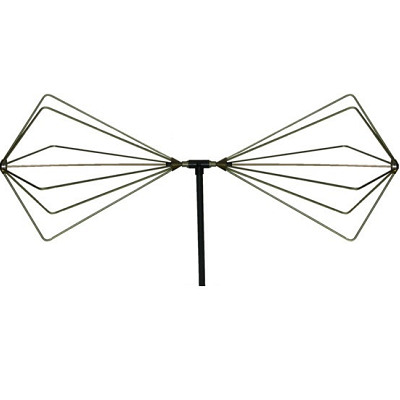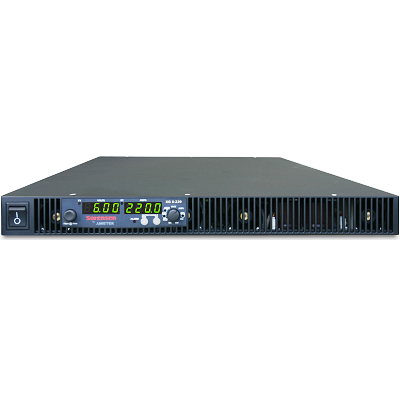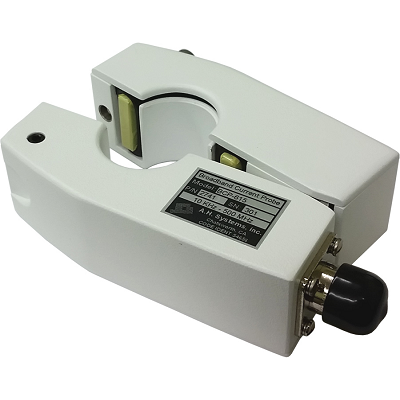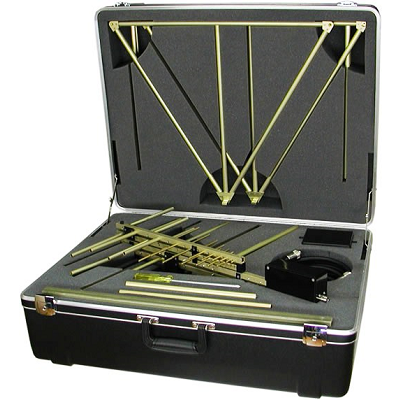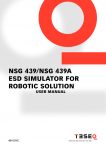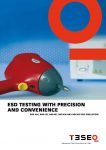Teseq NSG 439 ESD Simulator 30kV
Description
Teseq NSG 439 ESD Simulator 30 kV is a complete system solution for robotic applications.
The NSG 439 has been designed to withstand the large acceleration forces found in harsh robotic environments. The ESD simulator includes all NSG 438 functions, and supports the complete set of discharge networks and optional discharge probes. In order to guarantee the greatest possible functionality, Teseq offers the NSG 439 only as a complete test station including the robotic mechanism, ESD simulator, control software, test bench and interlocked enclosure.
Features
- Complete solution for robotic applications
- Compact and specially designed housing
- Unique robotic air-discharge adapter
- Fully compliant with IEC/EN 61000-4-2 and ISO 10605
- Robot attachment points on multiple enclosure faces
- Easily and quickly interchangeable networks
Specifications
| Description | Compact ESD simulator with microprocessor-based, large touch-sensitive LCD panel, built-in HV relay for contact-discharge, battery and mains operation |
| Basic set | Carrying case with: discharge pistol, cradle for discharge pistol, high voltage base unit with built-in battery pack, mains adapter and battery charging unit (100 to 250 VAC), discharge network 150 pF/330 Ω, air- and contact-discharge tips, grounding cable, user manual |
| Pulse data | Standard: conforms to IEC/EN 61000-4-2 (2001)
Special: interchangeable networks for other standards |
| Standard pulse networks | Network 150 pF/330 Ω as per IEC/EN 61000-4-2
Optional ISO 10605 networks 150 pF/2 kΩ and 330 pF/2 kΩ Range of R/C networks for other standards as accessories: R = 0 to 20 kΩ C = 50 to 2000 pF |
| Discharge voltage | Air-discharge: 200 V to 30 kV (in 100 V steps)
Contact-discharge: 200 V to 30 kV (in 100 V steps) |
| Discharge tips | Ball and point as per IEC, exchangeable by threaded cap |
| Charging voltage measurement | kV, air-discharge, dynamic accuracy better than ±5% |
| Discharge detection
(air-discharge only) |
Indicated by the kV symbol being displayed in inverse, also acoustically in the ‘Single’ operating mode |
| Holding time | >5 s (charging voltage ±5%) |
| Triggering | Trigger button in handgrip or via remote control input |
| Power supply | Input:
100 to 250 V/ 50 to 60 Hz / 1 A Output: DC 24 V/2.3 A |
| Operation | Via touch panel and microprocessor |
| Polarity | Positive/negative/automatic change |
| Operating modes | Single/repetitive/random (time/pulse)
Pulse counter: 0 to 9999, preselect counter: 0 to 9999 Repetition: – 0.5/1/5/10/20 or 25 Hz (air) – 0.5/1/5/10 or 20 Hz (contact), – freely selectable from 0.04 to 300 s – continuous operation |
| Display | LCD panel showing: charging voltage, breakdown event, polarity, air-/contact-discharge, counter/preselect counter content, network parameters, battery monitor |
| Weight | Discharge pistol (w/o cable):
1.2 kg (2.6 lbs) approx. Base unit: 6.5 kg (14.3 lbs) approx. |
| Ambient conditions | Operation:
+5 to +40°C, 20 to 80% r.h. (non-condensing), 68 to 106 kPa |
- ANSI/IEEE Standards
- ANSI/IEEE C63.16
- Basic Standards
- IEC 61000-4-2
- Telecom Standards
- ITU-T K.20
- ITU-T K.21
- ITU-T K.28
- ITU-T K.41
- ITU-T K.44
- ITU-T K.45
- MIL-STD
- MIL-STD 461
- MIL-STD 461 CS118
- RTCA DO-160
- RTCA DO-160 Section 25
- Product Standards
- EN 300 386-2 V1.1.3
- EN 50082-1
- EN 50082-2
- IEC 61326-1
- EN 301 489-1
- EN 301 489-17
- EN 301 489-24
- EN 301 489-7
- Automotive Standards
- ISO 10605
- ISO 11452-3
- SAE J1113-13
- SAE J1455
- Generic Standards
- EN 61000-6-1
- EN 61000-6-2
- Automotive OEM Specifications
- Hyundai ES 39110-00
- Mazda MES PW 67600
- Mercedes-Benz MBN 22100-2
- Mitsubishi ES-X82010
- MW 3097
- Porsche AV EMC EN
- Renault 36.00.400
- Renault 36.00.808
- SA B21 7110
- Smart DE1005B
- UNECE R10 (Automotive)
- Volvo EMC Requirements
- Volkswagen VW TL 824 66
